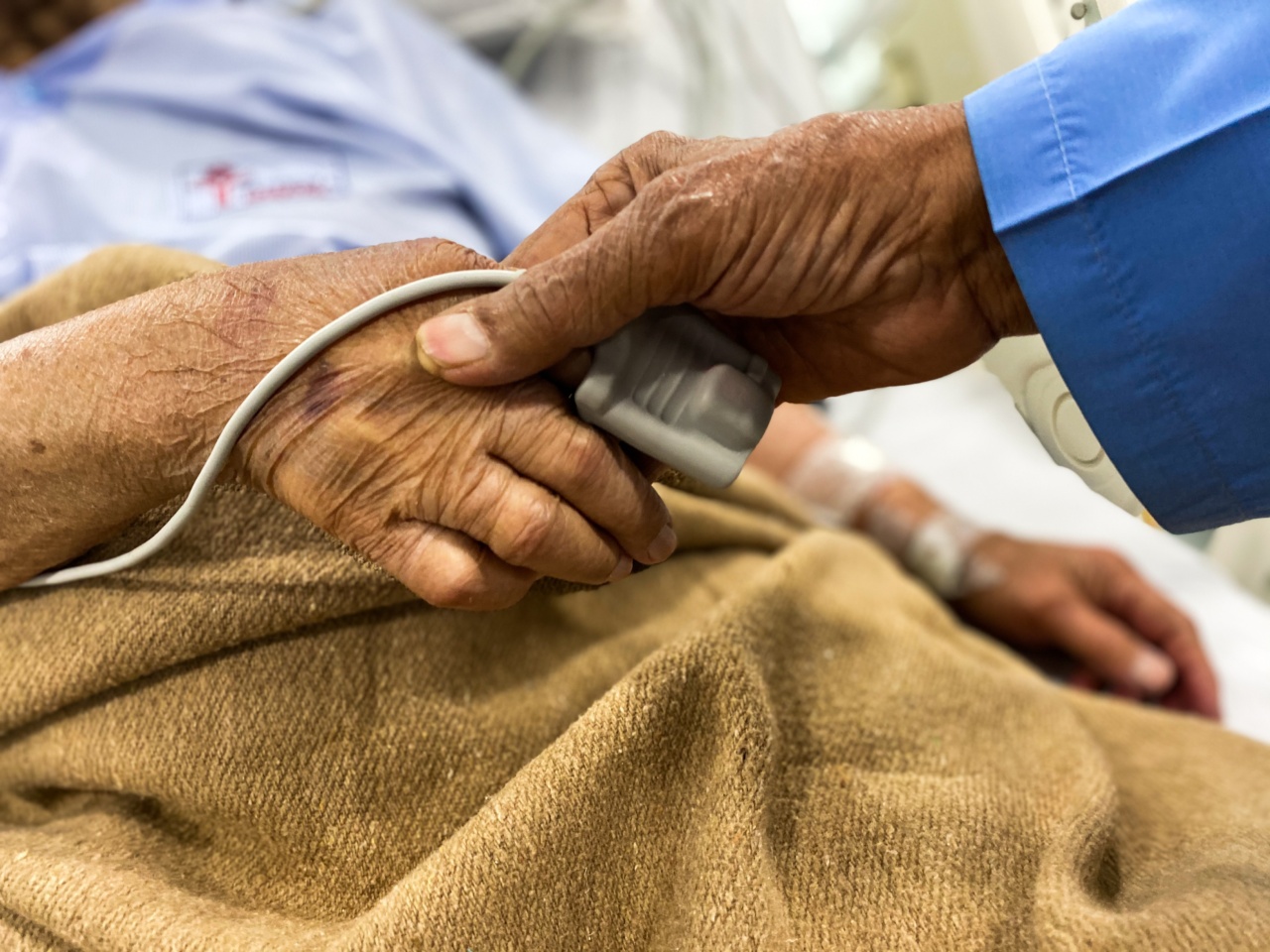Alzheimer’s disease is a progressive neurodegenerative disorder that primarily affects the elderly population. It is the most common cause of dementia, accounting for approximately 60-80% of all dementia cases.
While Alzheimer’s disease can affect both men and women, there are some differences in its prevalence and age of onset between the two genders.
Prevalence of Alzheimer’s Disease in Women
According to the Alzheimer’s Association, almost two-thirds of Americans living with Alzheimer’s disease are women.
This could be due to several factors, including the fact that women generally live longer than men, and age is the primary risk factor for the development of Alzheimer’s disease. Additionally, hormonal changes that occur during menopause may also play a role in the increased risk of Alzheimer’s disease in women.
Studies have shown that women in their 60s are about twice as likely to develop Alzheimer’s disease over the course of their lifetime compared to breast cancer.
The risk continues to increase with age, with women in their 80s having a nearly threefold higher risk than men of the same age. This indicates that Alzheimer’s disease is most commonly diagnosed in women during their later years.
Age of Onset in Women
The age of onset for Alzheimer’s disease can vary among individuals, but it tends to be higher in women compared to men. Men tend to be diagnosed with Alzheimer’s disease at an earlier age, typically around their mid-60s.
In contrast, women are more commonly diagnosed in their late 60s or early 70s.
Researchers have investigated potential reasons for this gender difference in age of onset.
Some theories suggest that hormonal factors, such as estrogen depletion during menopause, may contribute to the delayed onset of Alzheimer’s disease in women. Estrogen has neuroprotective effects, and its decline in postmenopausal women could potentially increase their vulnerability to the disease.
Genetic Factors
Genetics also play a role in Alzheimer’s disease risk, and certain gene variants have been associated with an increased susceptibility to the disease. The most well-known genetic risk factor for Alzheimer’s disease is the APOE ε4 allele.
Studies have shown that women who possess this allele have a higher risk of developing the disease compared to men with the same genetic variant.
Additionally, researchers have found that the epsilon 4 variant of the APOE gene is associated with an earlier age of onset in both men and women. However, the effect seems to be more pronounced in women.
This suggests that genetics may influence not only the risk of developing Alzheimer’s disease but also the age at which symptoms manifest.
Hormonal Factors
As mentioned earlier, hormonal changes during menopause may contribute to the increased risk of Alzheimer’s disease in women.
Estrogen has been shown to have neuroprotective effects and can enhance synaptic plasticity and neurotransmitter function in the brain. Therefore, the decline in estrogen levels that occurs during menopause may lead to increased vulnerability to Alzheimer’s disease.
Furthermore, recent research has suggested that hormone replacement therapy (HRT) might have a protective effect against Alzheimer’s disease in women.
Some studies have shown that women who received HRT may have a reduced risk of developing Alzheimer’s disease compared to those who did not. However, further research is necessary to better understand the potential benefits and risks associated with HRT.
Lifestyle and Environmental Factors
Several lifestyle and environmental factors have also been linked to the risk of developing Alzheimer’s disease. These factors include cardiovascular health, physical activity, diet, and educational attainment.
Interestingly, many of these factors have different impacts on men and women.
For example, midlife cardiovascular risk factors, such as high blood pressure and diabetes, have been associated with an increased risk of Alzheimer’s disease in both genders.
However, the impact of these risk factors may be stronger in women compared to men, suggesting that addressing cardiovascular health is particularly important for women in relation to Alzheimer’s disease prevention.
In terms of physical activity, studies have shown that engaging in regular exercise can reduce the risk of cognitive decline and Alzheimer’s disease. However, the benefits of physical activity might be more significant in women than in men.
Similarly, a healthy diet, such as the Mediterranean diet rich in fruits, vegetables, whole grains, and lean proteins, has been associated with a decreased risk of Alzheimer’s disease in women.
Finally, higher educational attainment has been linked to a reduced risk of Alzheimer’s disease. Trends indicate that women, especially those born in earlier generations, had limited access to education compared to men.
This disparity may contribute to the higher prevalence of Alzheimer’s disease in women. Encouraging educational opportunities for women may therefore be beneficial in reducing the risk of the disease.
Conclusion
While Alzheimer’s disease can affect both men and women, women are at a higher risk and are more commonly diagnosed in their later years.
The exact reasons for this gender disparity in Alzheimer’s disease prevalence and age of onset are not fully understood, but hormonal and genetic factors likely play a role.
Further research is needed to explore the influence of hormones, genetics, and lifestyle factors on the development and progression of Alzheimer’s disease.
Additionally, promoting cardiovascular health, engaging in physical activity, following a nutritious diet, and encouraging educational attainment may all contribute to reducing the risk of Alzheimer’s disease in women.






























